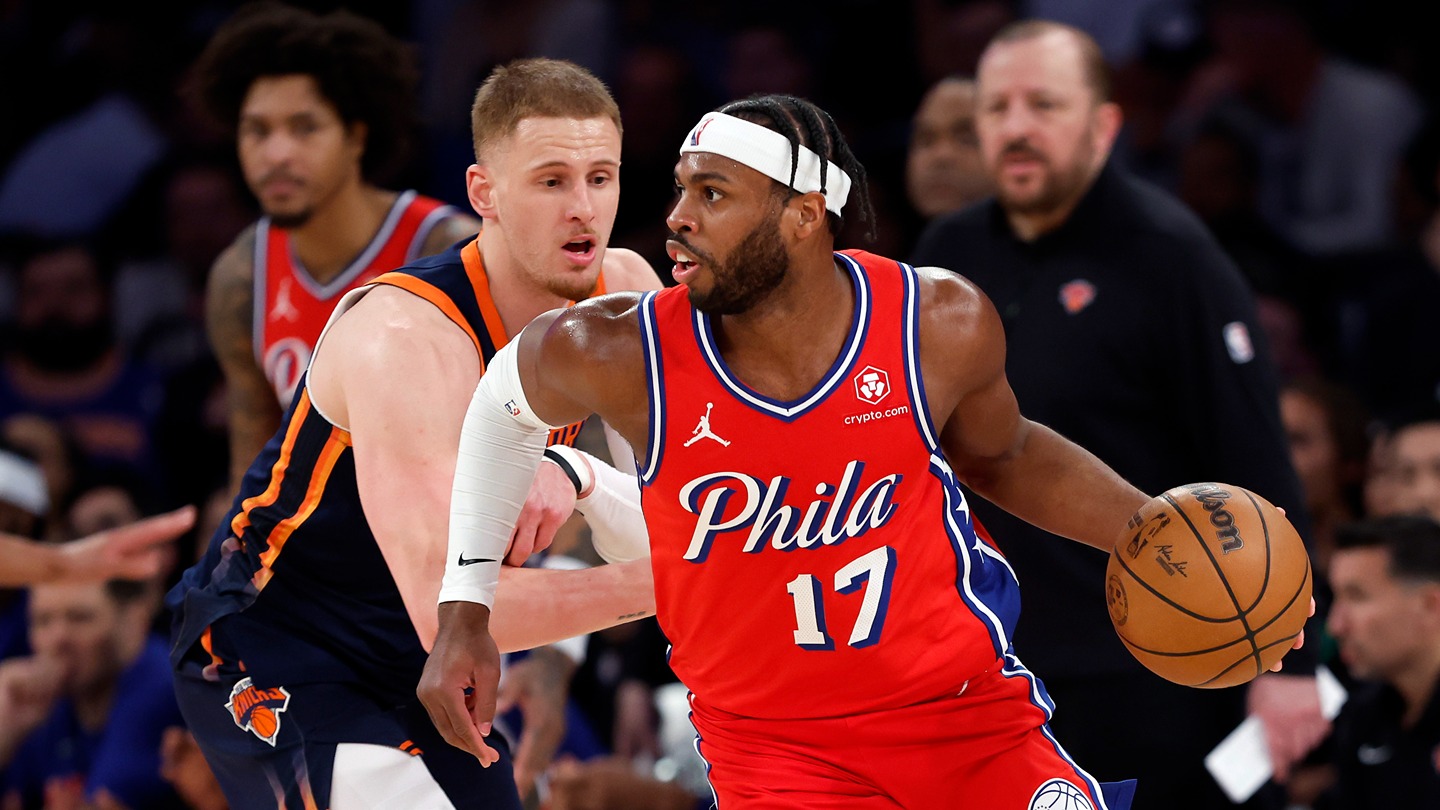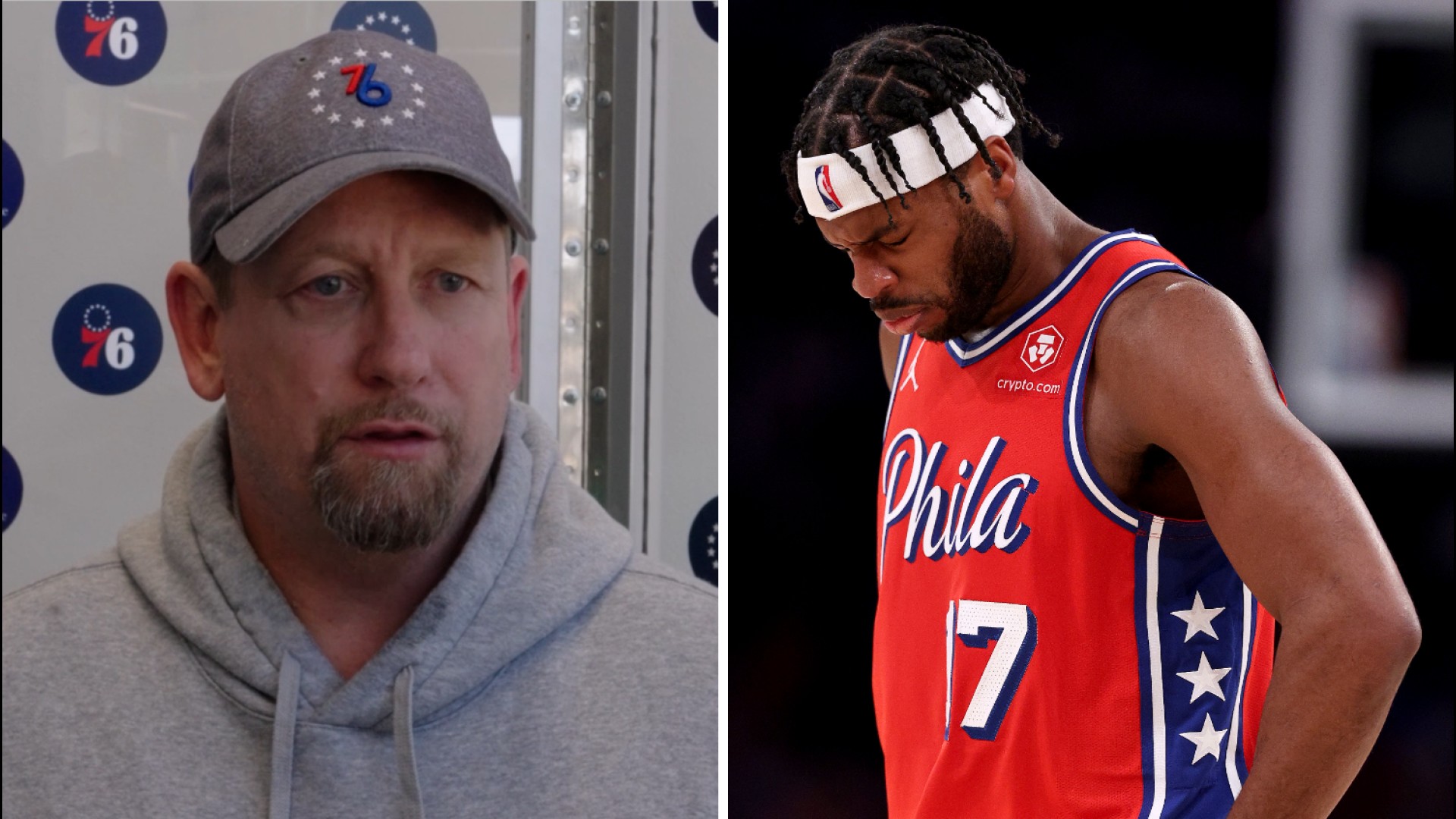
Nick Young
Position: Guard
Status: Unrestricted free agent
Signature game of 2012-13
In mid-December, Young scored a season-high 30 points against the Lakers at Wells Fargo Center. He took 23 shots that evening, 12 of which were three-pointers. In the locker room afterward, Young gave a grinning interview about his offensive prowess. The Sixers had just lost by double digits.
Young in 2012-13
Young seems to believe in a literal interpretation of his job description. He’s a shooting guard. That’s pretty much all he is -- a guard who shoots. He has never appeared willing nor capable of doing much more.
Young averaged 10.6 points, 2.2 rebounds and 1.4 assists. That last figure is laughably low for a guard who played 23.9 minutes per game -- and yet it was the most assists he’s averaged in a single season in his entire career. That tells you a lot about Young.
So, he’s a shooting guard. Except for a guard who shoots so much his production was mostly useless. Consider his splits:
NBA
In wins: Averaged 7.8 field goal attempts and 9.2 points. Hit 41.9 percent from the field and 30.9 percent from three-point range.
In losses: Averaged 10.1 field goal attempts and 11.6 points. Hit 41 percent from the field and 38.8 percent from three-point range.
Notice that he scored more and shot better from distance in losses. And this might be the most damning stat of all: Of his 10 best scoring outings, the Sixers lost seven.
That’s Nick Young. He’s a guy who puts up points, often in garbage time or in defeat.
Here are some more (not-so) fun facts about Young: He took 542 shots to score 628 points. While that’s not quite a one-to-one ratio, it’s really close. Any coach or hoops observer on any level -- pro, college, high school, or even rec league -- will tell you that a one-to-one shot-to-point ratio is a glaring sign of bad basketball.
Not surprisingly, Young’s player efficiency rating was just 217th in the NBA. And his minus-3.1 Net48 (a calculation of the team’s average plus-minus with him on the floor for a full game) further proves that the Sixers were better off with him on the bench.
Young missed 23 games -- four because of a toe injury and seven more because of an ankle issue. And the other 12 games? Those were DNP-CDs, otherwise known as Did Not Play -- Coach’s Decision. As sports-related acronyms go, nothing could be a bigger indictment.
Which brings us to our final mind-melting Young fact: He made $6 million last season. That means the Sixers paid him $878,048.78 to sit on the bench and watch during those 12 DNP-CDs.
When you’re done sobbing, be sure to share the tissues with your neighbor.
Prospectus
Young plays little or no defense. Depending on the day and the opponent, he’s a poor and/or unwilling passer. He doesn’t rebound well. And he has to shoot far too many times to post his unspectacular per-game point total.
Beyond that, even for a shooting guard, Young relies too much on his jumpshot, which is wildly inconsistent. A staggering 88 percent of his shots were jumpers. Only 10 percent were taken in close, and only two percent were dunks. Because he doesn’t get near the basket or draw contact very often, Young averaged just 2.2 free throw attempts per game.
To put it in Josh Harris parlance, the ROI on Young was almost nonexistent. Unless Young repays the $6 million the Sixers essentially gave him as a gift, there’s no way the organization should consider re-signing him.
On Nick Young
“I can play defense. I like offense.”
--Nick Young, January 15, 2013
“I told him when we got him that my goal as his coach was to make him a more polished player. Not ‘Swaggy P’ and the act, but a player.”
--Doug Collins, January 31, 2013


